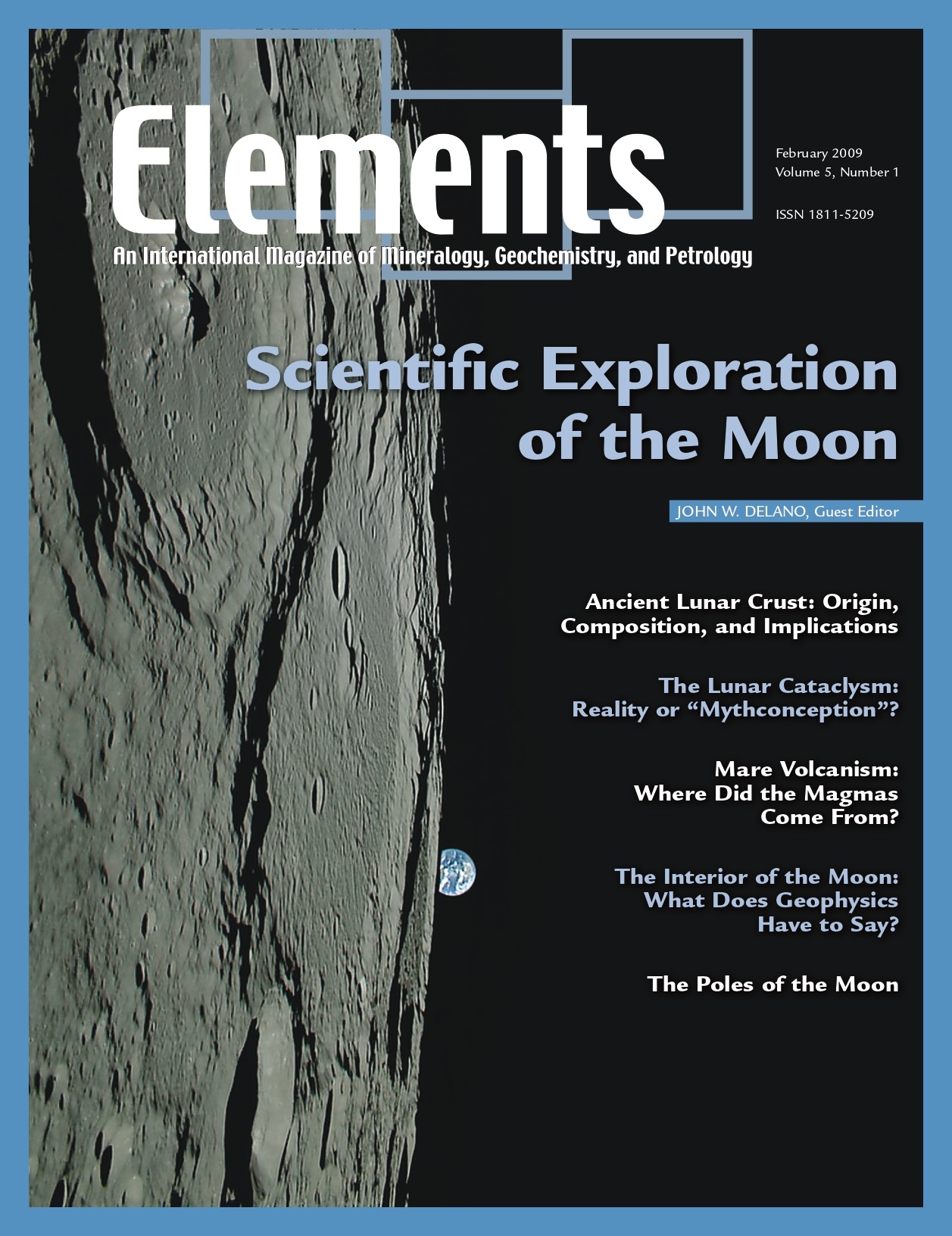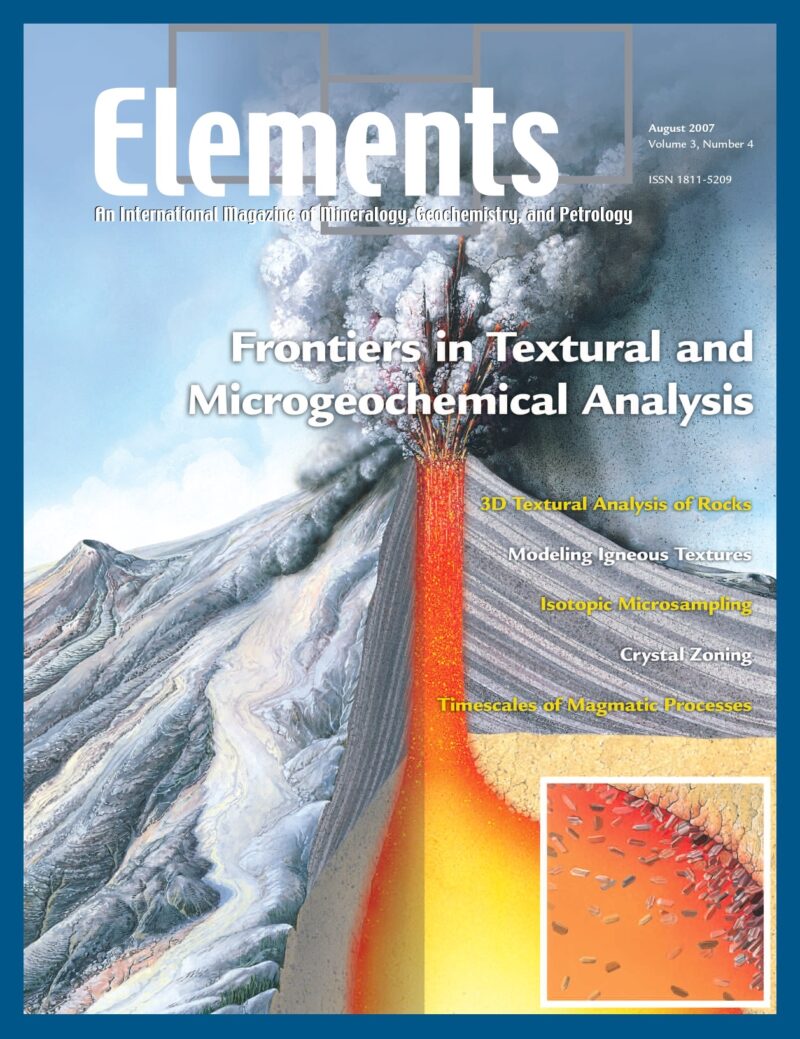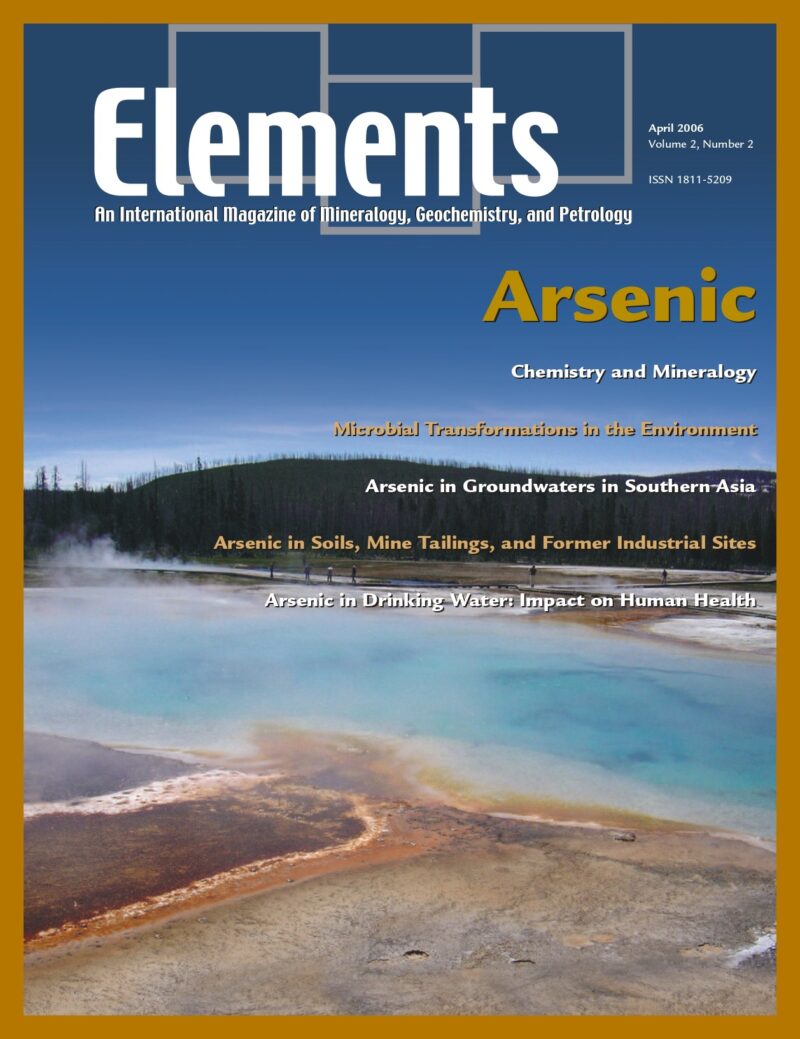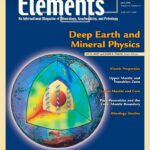
Deep Earth And Mineral Physics, June 2008, Vol. 4, No. 3
June 28, 2024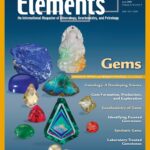
Gems, June 2009, Vol. 5, No. 3
June 28, 2024Scientific Exploration Of The Moon, February 2009, Vol. 5, No. 1
$20.00
Our current understanding of the Moon’s history, interior structure, and chemical composition is based in large part on geochemical data acquired from samples from the U.S.
Scientific Exploration Of The Moon
February 2009, Vol. 5, No. 1
Our current understanding of the Moon’s history, interior structure, and chemical composition is based in large part on geochemical data acquired from samples from the U.S. Apollo and Soviet Luna missions; data acquired by Apollo geophysical instruments; orbital geochemical and spectral data acquired by robotic missions from the U.S., Japan, and China; analysis of lunar meteorites derived from previously unsampled regions of the Moon; and Earth-based radar observations and infrared spectral reflectance data. All of these efforts have contributed to a preliminary understanding of the origin of the Moon and the processes that have affected its surface and interior. Isotopic analyses of impact-generated samples have placed constraints on the time-dependent meteorite flux that not only affected the Moon but also the Earth and other objects in the inner solar system. In this issue of Elements, leading scientists discuss the major concepts that underpin our current understanding of the Moon, as well as scientific plans for international scientific exploration by robotic and human missions.
Why You’ll Love Elements Magazine:
- Expert Contributors: Articles written by renowned researchers in the field of geoscience.
- Engaging Content: Join a community of readers who are passionate about Elements.
- Exceptional Quality: Each issue is printed on high-quality paper with stunning visuals and detailed illustrations that bring complex scientific concepts to life.
Order your copy of the February 2009 issue of Elements magazine today and discover the scientific exploration of the moon.
Related products
-
Frontiers In Textural And Microgeochemical Analysis, August 2007, Vol. 3, No. 4
$20.00Recent advances have been made in high-resolution in situ methods to image mineral growth patterns, analyse compositional and isotopic zonation, and improve our ability to visualize, study, and model rock textures in three dimensions. These advances provide a significant step forward in the understanding of how rocks form and the history they can tell us.
-
Phosphates And Global Sustainability, April 2008, Vol. 4, No. 2
$20.00Phosphorus is a unique element: it is essential to the existence of all living forms, and as such controls biological productivity in many terrestrial and marine environments; but when in excess, it leads to uncontrollable biological growth and water-quality problems. This has become a common environmental issue, resulting from our careless use of phosphorus in agriculture, yet phosphate ore deposits, from which fertilizers are produced, are a finite natural resource.
-
Arsenic, April 2006, Vol. 2, No. 2
$20.00Arsenic is an element known throughout history as a classic poison. Currently, very small but highly significant concentrations of this element in drinking water supplies are causing massive health problems to many millions of people in some of the world’s poorest nations, and more localised sources related to mining and processing are also a concern.

